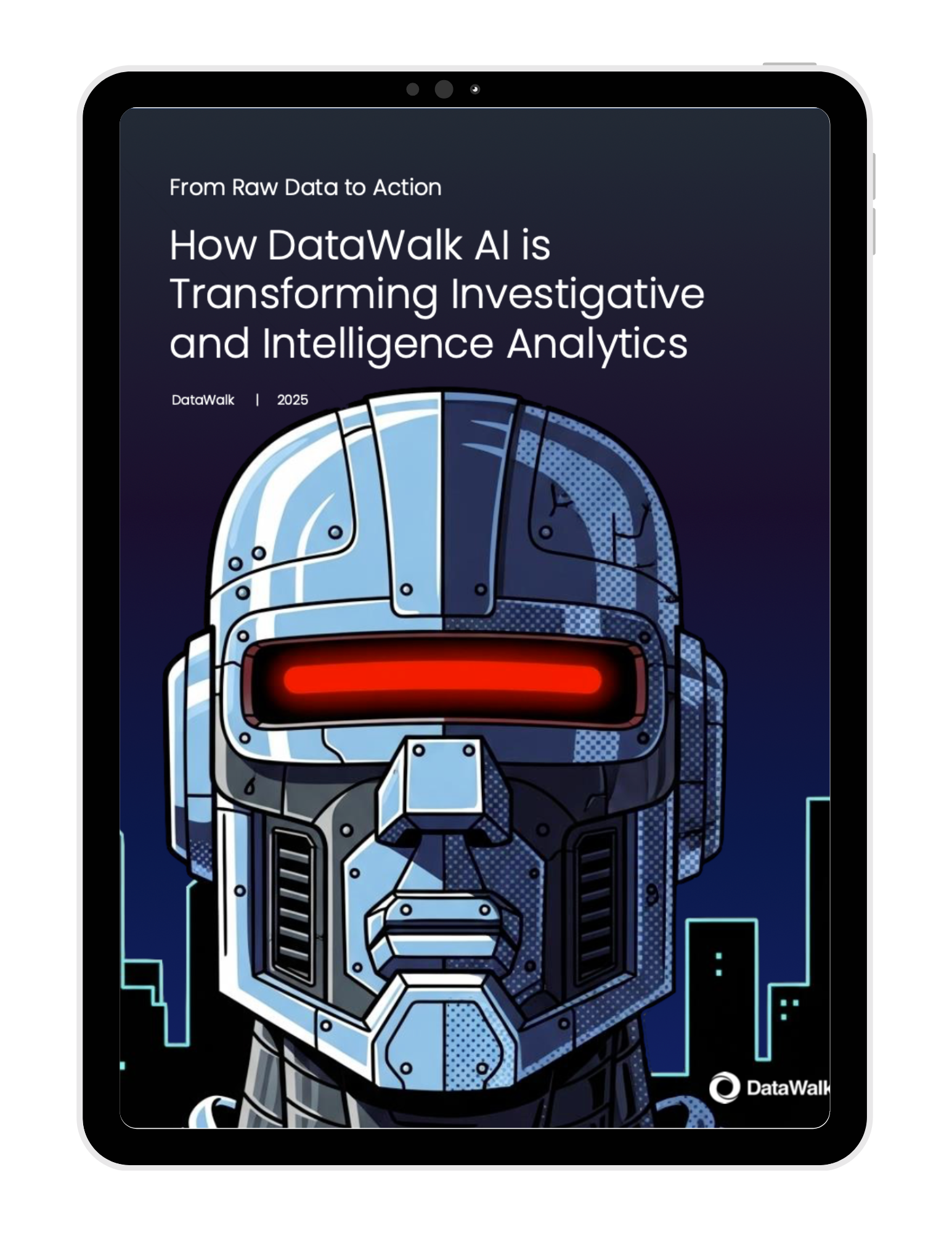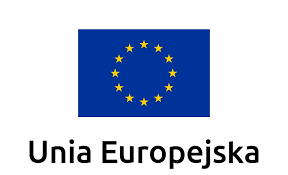
Beyond the Blacklist: How Composite AI Finds the Sanctions Risk You’re Missing
In the summer of 2025 alone, OFAC issued $222 million in penalties for sanctions violations. This isn't a warning shot; it's the new reality for compliance teams. The landscape of sanctions compliance has fundamentally shifted. Sanctions lists are growing daily, with over 57,000 active records, and sophisticated actors are using increasingly complex methods like shell companies, crypto assets, and "shadow fleets" to evade detection. The pressure is immense and unrelenting.
Compounding this challenge, regulations like the EU's Instant Payment Regulation demand screening decisions in milliseconds, a task that legacy batch-based systems simply cannot handle. This perfect storm of expanding lists, complex evasion tactics, and real-time demands results in a flood of false positives for analysts and a dangerously high risk of missing true threats. The old way of doing things is no longer viable.
This article will explain why traditional screening methods are failing and introduce a more effective, network-based approach. We will explore how DataWalk's Composite AI platform allows you to move beyond simple name-matching to see the hidden connections and criminal networks that legacy tools miss.
Why Traditional Screening Tools Are a Recipe for Failure
Many financial institutions are struggling with tools that were designed for a simpler era of compliance. These systems, often built on relational databases and basic rules, are ill-equipped for the dynamic and interconnected nature of modern financial crime. They operate with critical blind spots that create significant risk—and force analysts into massive amounts of manual work: collecting, reconciling, and calculating data across fragmented sources.
The most significant flaw is that traditional systems analyze customers and transactions in isolation. They are fundamentally blind to coordinated activity, such as the sophisticated money mule networks where illicit funds are rapidly moved through a web of seemingly unrelated accounts. This fragmented view misses the critical relationships that define modern evasion schemes, leaving your institution vulnerable to organized criminal enterprises that operate across multiple accounts and entities.
In an attempt to modernize, many have turned to AI, but it's often misapplied. Standard Large Language Models (LLMs), for example, are designed for generating creative text, not performing precise, logical analysis. When tasked with critical compliance functions like sanctions-related ownership tracing, they consistently fail—miscalculating ownership percentages, hallucinating connections, and providing unauditable outputs. This creates a dangerous illusion of accuracy: answers that appear credible but are wrong. Relying on the wrong type of AI can create more problems than it solves.
Seeing the Whole Picture: How Composite AI Works
A Composite AI platform overcomes these failures by combining multiple, specialized AI techniques into a single, unified environment. It doesn't just match names against a list; it reconstructs the entire network of relationships between people, companies, accounts, and devices to understand context and intent. This network-centric approach is the key to uncovering sophisticated evasion tactics.
Build a Single Source of Truth with a Knowledge Graph
The process begins by solving the most fundamental challenge in any large organization: fragmented data. A Composite AI platform ingests data from all your siloed systems—KYC, transactions, customer records, and more—and uses powerful entity resolution together with extraction from unstructured sources to create a single, reliable view of each entity. This means the system can automatically detect facts buried in text—such as that John Wood is the owner of this address and this is his SSN—and align them into the ontology. Instead of flat indexing, these capabilities perform source-to-ontology fusion, transforming unstructured and multilingual text into a knowledge graph while keeping context and relationships intact. This unified data structure serves as the essential foundation for any accurate analysis by connecting all related data points into one cohesive picture.
Uncover Hidden Ownership with Graph Inference
Once the data is unified in the knowledge graph, specialized graph algorithms automatically traverse the network to map complex ownership chains across multiple levels. This process can accurately calculate aggregated shares held by sanctioned individuals through various shell companies and detect deceptive structures like circular ownership. These are tasks that are nearly impossible to perform efficiently or accurately in traditional systems but are foundational to modern sanctions compliance.
Get Explainable, Audit-Ready Answers with an AI Agent
The final layer addresses the critical need for transparency. Agentic AI interprets the complex findings from the graph and allows an analyst to ask plain-language questions like, "Why is this entity high-risk?" The system responds with a clear, step-by-step explanation of its logic, complete with visualizations of the connections it found. This creates a transparent and fully auditable record, satisfying regulators who demand clear, explainable decision-making.
From Reactive Alerts to Proactive Intelligence
Continuing to invest in slightly better name-matching technology is a losing battle. The nature of the threat has evolved from identifying individuals on a list to understanding the complex networks they use to hide their activities. By shifting from an isolated, list-based screening process to a unified, network-based one, compliance teams can finally get ahead of sophisticated threats and meet regulatory expectations.
With a Composite AI approach, you stop chasing an endless stream of low-context, high-volume alerts. Instead, you start identifying and dismantling the actual criminal networks that pose a material threat to your institution. This is the shift from reactive compliance to proactive intelligence. Request a demo to see how Composite AI can turn your fragmented data into a clear, actionable intelligence picture.

FAQ
Join the next generation of data-driven investigations:
Discover how your team can turn complexity into clarity fast.

Solutions
Product
Partners
Company
Resources
Quick Links



